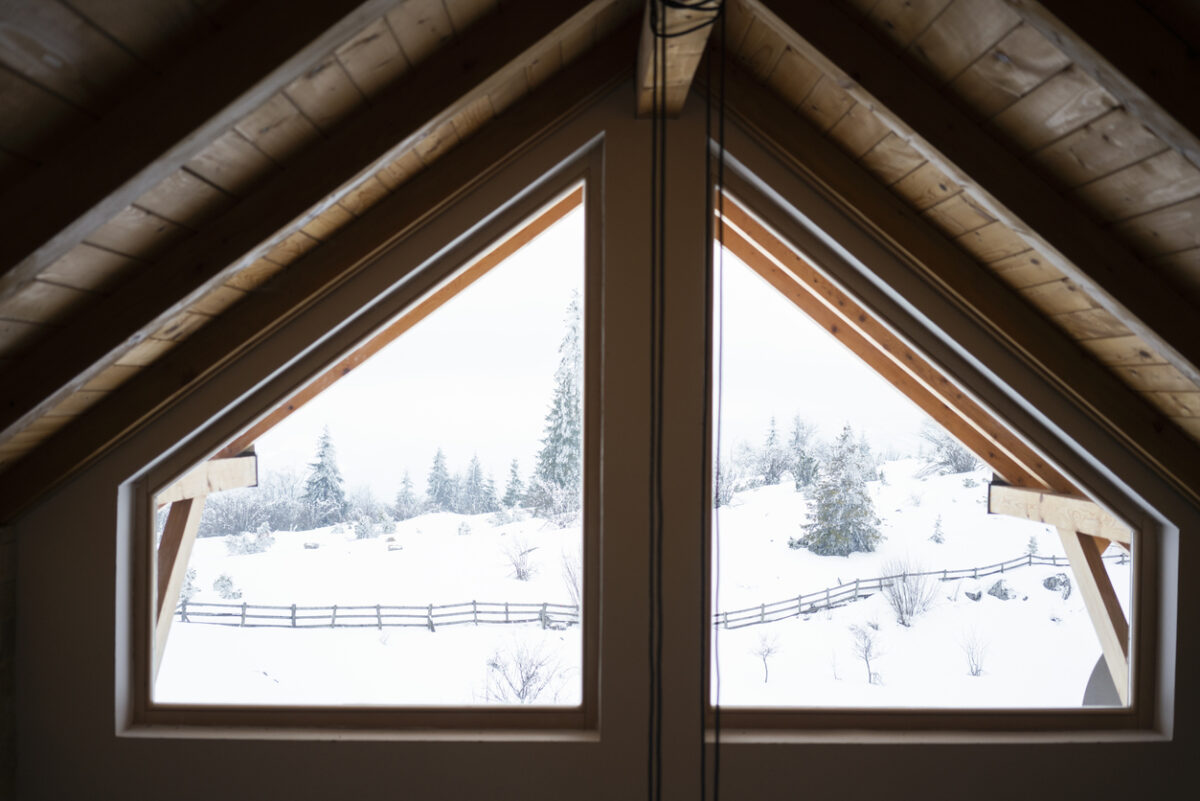

We may earn revenue from the products available on this page and participate in affiliate programs. Learn More ›
Chances are that you don’t spend a lot of time hanging out in your attic. So, when you’re thinking about all the things you need to do to prepare your home for the lower temperatures that are on their way this coming winter, you might overlook what needs to be done in the attic. However, while you may not spend time in this space, it can play a huge role in your home’s energy consumption.
If air is leaking out or the attic isn’t properly ventilated, your HVAC system will have a more difficult time keeping up with the temperature set on the thermostat. Neglecting to prep your attic also might increase the likelihood of leaks, excess moisture, or even mold growth. Before attempting any DIY projects in your attic, be sure to keep safety in mind. Many attics are unfinished, so navigating the space will take extra caution. Wearing protective gear such as goggles, a hat, long sleeves, long pants, and closed-toed shoes is also a good idea to protect you against the fiberglass in the insulation.
RELATED: 16 Simple Tricks to Stay Seriously Warm This Winter
1. Add insulation.
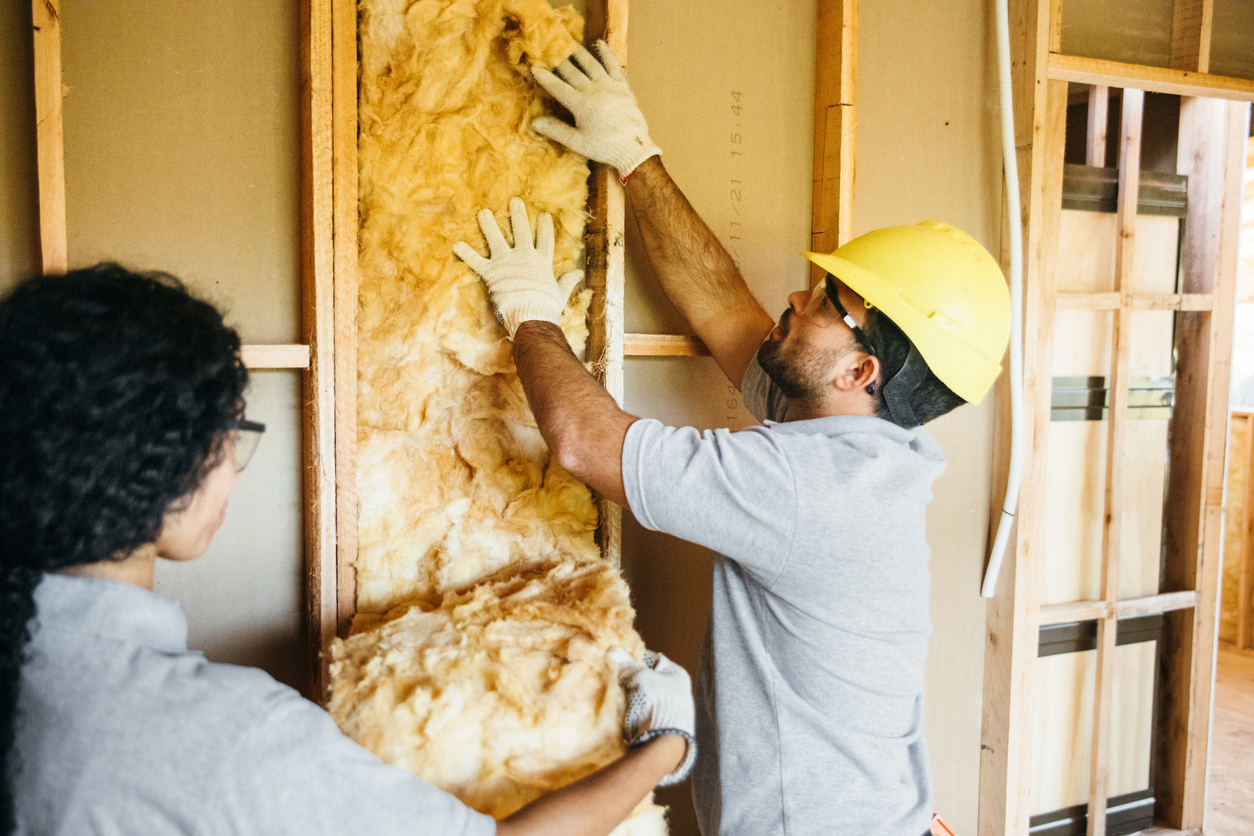
Insulating your attic is one of the most important things you can do to prepare for cold winter weather. Because warm air rises an attic that is not insulated will lose heat, all while you are trying to keep your home warm. Not only can this make it more difficult to keep your home at your desired temperature, but it will also cause your HVAC system to work harder trying to keep up, resulting in wasted energy and higher utility bills.
If there is already insulation in the attic, check to make sure that it is still in good shape and has not been damaged or otherwise worn down. Repair or replace damaged sections and add more insulation if the level is below the floor joist in the attic.
2. Seal any leaks or cracks.
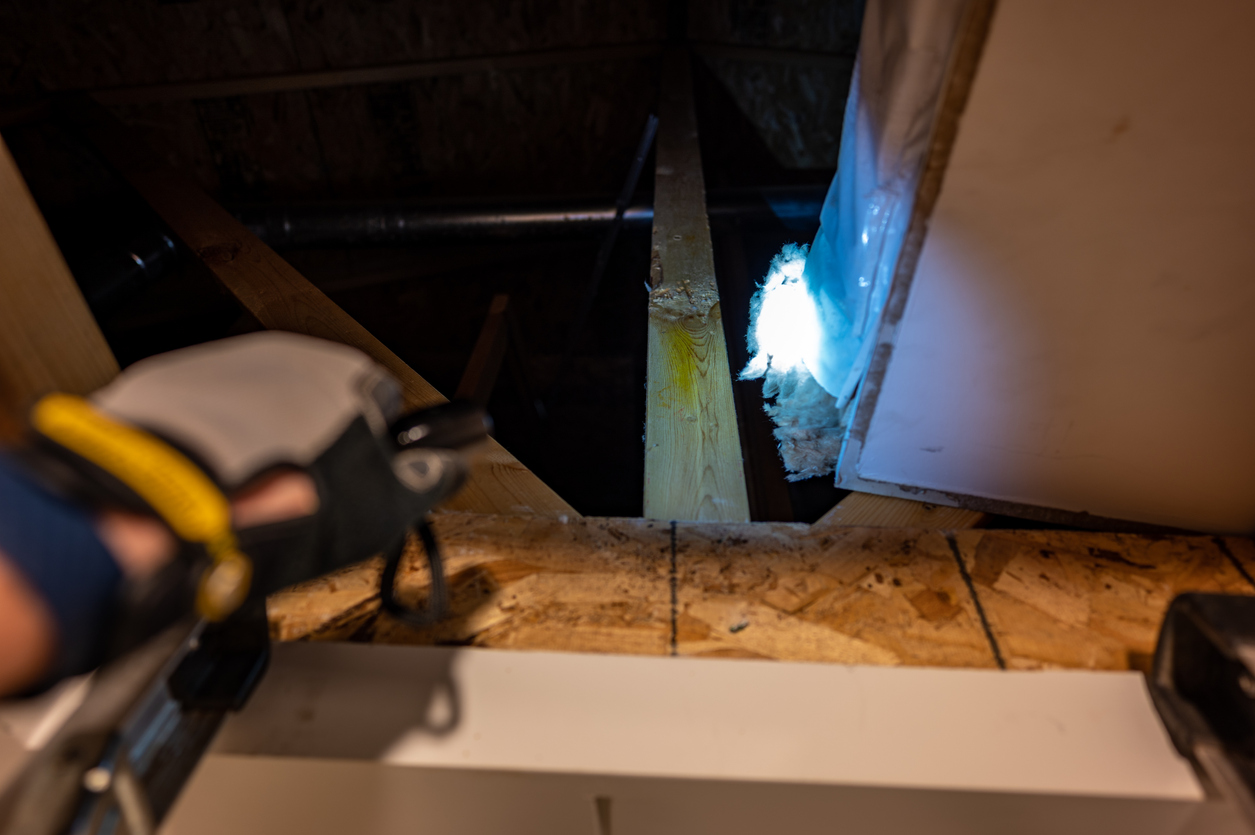
Warm air can escape through very small holes or cracks. For this reason, when you’re checking out your attic, perform a thorough inspection to identify any holes—even very tiny ones. Because it can be difficult to spot these small cracks, perform this inspection on a sunny day. Leave the light off in the attic and look to see if you see any sunlight entering the space. Use caulk to seal these holes to keep the warm air in while also offering your home better protection against water and pests.
RELATED: 16 Simple Tricks to Stay Seriously Warm This Winter
3. Verify that ventilation is adequate.
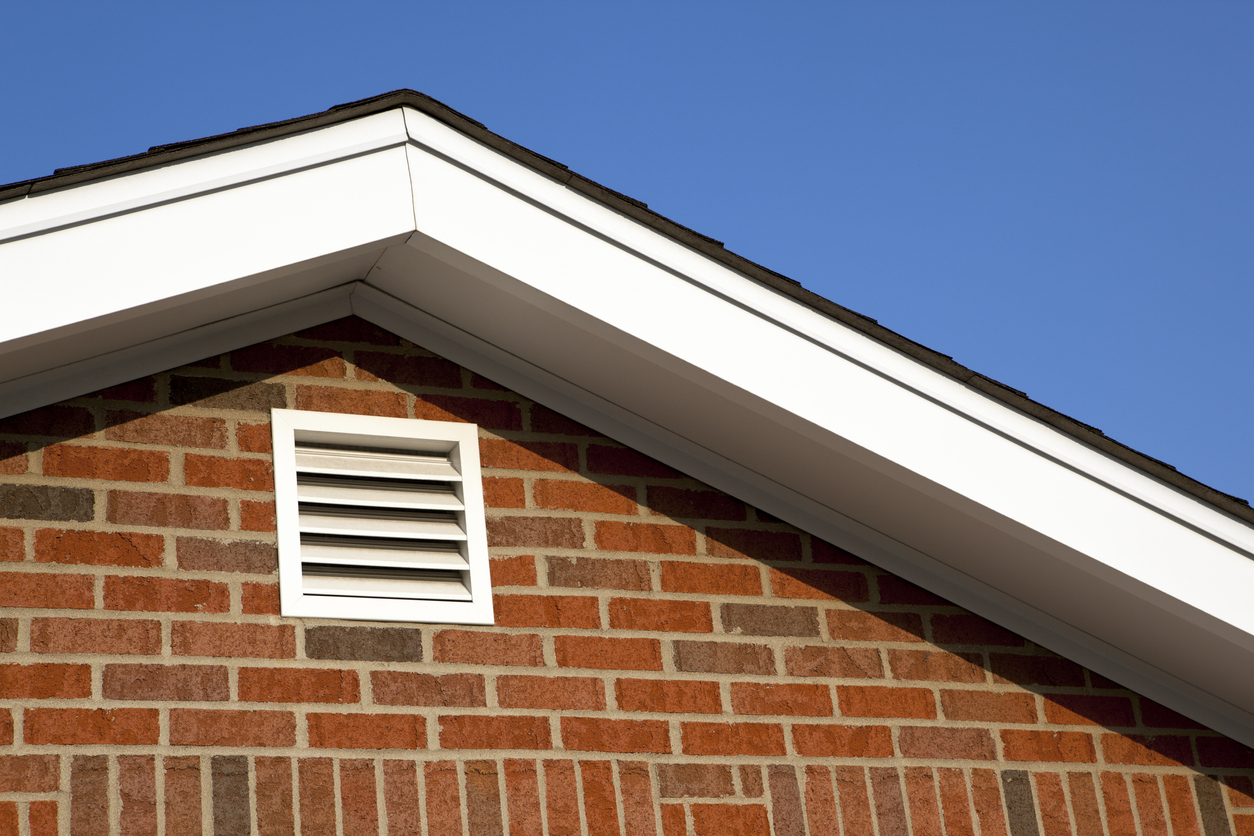
Without adequate ventilation in the attic, you’re opening the door to some potentially serious problems. Keep in mind that warm air isn’t the only thing that can rise to the upper level of your home. Humid air is less dense than dry air, so it too will rise up to the attic. Without proper ventilation, that moist air will get trapped in the space, potentially rotting joists and rafters, damaging the insulation, or leading to the growth of mold.
Attic vents will help ensure proper ventilation of the space. If you already have an attic fan, check to make sure that it is working and able to do its job. Leaves, insulation, and other debris can clog the fans and affect their performance.
RELATED: The 30 Smartest Things You Can Do to Prepare for a Frigid Winter
4. Keep the Roof Free of Debris

Accumulated leaves and other debris on the roof can pose a threat. When these materials build up, rain water may become trapped beneath them. If the piles remain wet for extended periods of time, it can cause the roofing material to break down enough to allow water to leak into the attic. Leaks in the attic can cause mold growth, damage the insulation and wood, and eventually leak through ceilings into the upper levels of a home, causing more issues.
Only attempt to clear debris off the roof yourself if you feel safe doing so. If not, hire an experienced professional to take care of this task.
RELATED: 11 Mistakes Homeowners Make Every Winter
5. Clear Out Pest Infestations

An insect or rodent infestation is something that you want to avoid or remediate as soon as possible. Depending on the type of pest, they can damage the wood, chew through wires, chew through and break down the insulation, and so much more. While sealing the holes and gaps in the attic should be effective at keeping pests from entering your home, there could be some insects or rodents that already have made your attic their home. Look for any signs of an infestation, such as damaged wood, chew marks on wires or insulation, urine, or droppings, and call a professional exterminator to remedy the problem.
RELATED: How to Get Your Fireplace Ready for Winter
6. Clean the Gutters
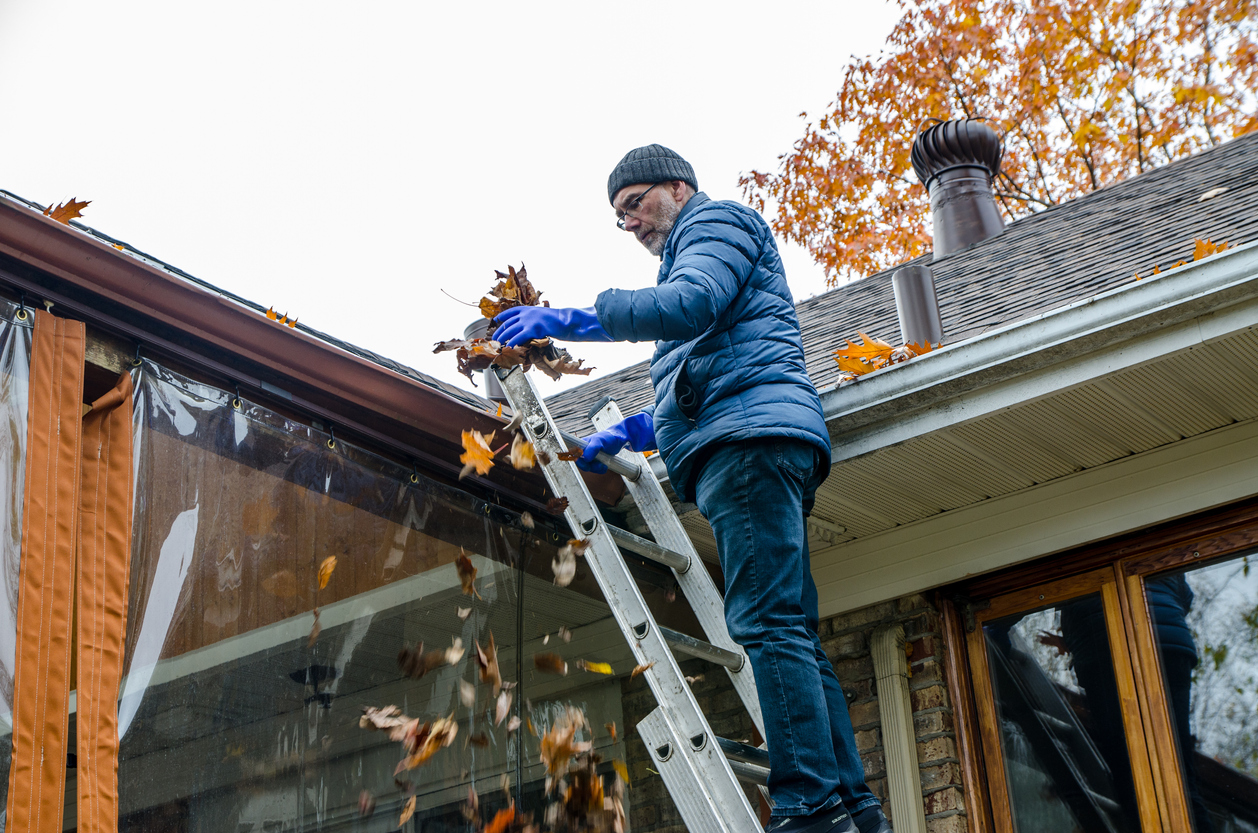
You might think that because the gutters aren’t directly over the attic that they won’t pose any potential threat to it. However, this is unfortunately not the case. Clogged gutters can trap water and snow, which places extra weight on a roof. Those roofs that are older or in poor shape can potentially collapse from the weight or allow water into the attic. Overflowing gutters can also damage the fascia that runs between them and your house. If the fascia deteriorates enough from the water damage, it will make the attic more prone to an insect or rodent infestation.
RELATED: 23 Brilliant Hacks to Help You Weather Winter
7. Hire a Professional to Conduct a Home Energy Audit
There are many steps you can take to get your attic ready for winter, but you might find that hiring a professional is the most effective solution. Professionals are trained and experienced and may be able to address issues that an inexperienced eye can miss.
The Department of Energy shares that conducting a professional home energy assessment—also known as an energy audit—can help homeowners learn more about how their home uses energy and where any problem areas lie. The audit will identify problem areas throughout your home and its attic, giving a complete picture of energy loss and ways to improve efficiency. There are also several tax credits available when work is completed by a certified home energy auditor.
